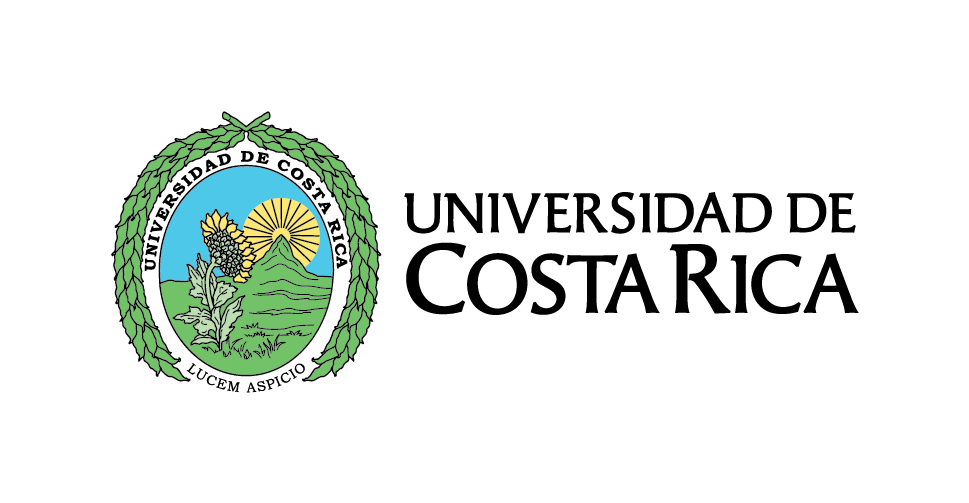Extracción de fenol de aguas de residuo utilizando aceite de canola como disolvente orgánico en un proceso de membrana líquida
In order to find the best operating conditions, the extraction of phenol was studied from a simulate solution by using a liquid membrane emulsion (EML) and a factorial design. Span 80 was used as a surfactant, NaOH as an encapsulating agent, and three types of oil phase: canola oil, canola oil/octan...
Salvato in:
| Autori principali: | , , , , , |
|---|---|
| Natura: | Online |
| Lingua: | spa |
| Pubblicazione: |
Universidad de Costa Rica
2018
|
| Soggetti: | |
| Accesso online: | https://revistas.ucr.ac.cr/index.php/ingenieria/article/view/34165 |
| Tags: |
Aggiungi Tag
Nessun Tag, puoi essere il primo ad aggiungerne!!
|
| Riassunto: | In order to find the best operating conditions, the extraction of phenol was studied from a simulate solution by using a liquid membrane emulsion (EML) and a factorial design. Span 80 was used as a surfactant, NaOH as an encapsulating agent, and three types of oil phase: canola oil, canola oil/octane mixture, and canola oil/paraffin mixture. The study of the simple emulsions gave as result that the more stable emulsions were canola oil and the mixture of canola oil/ paraffin. These are stable for 2 days, while emulsions of canola oil/octane are not, for they get separated. The maximum extraction was the 77,8 mg/L, using the mixture of the oil canola/ paraffin and 75,9 mg/L by just using canola oil as oil phase, achieving extraction percentages of 61,1% y 59,6%, respectively. As a result of the factorial design, none of the effects and interactions were significant, which is attributed to the saturation of the encapsulating agent. |
|---|

